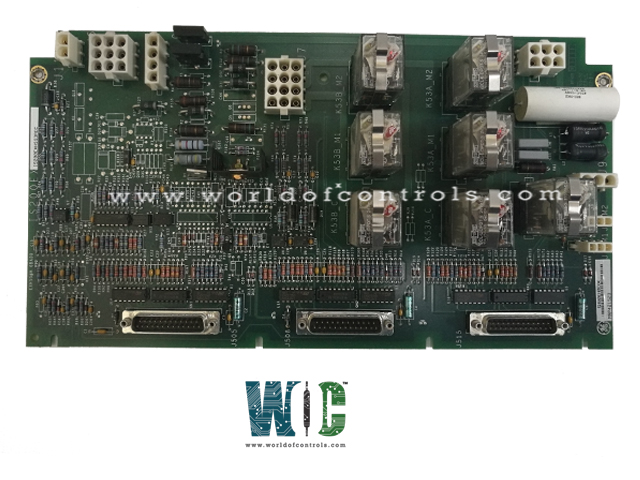
World Of Controls understands the criticality of your requirement and works towards reducing the lead time as much as possible.
IS200EXHSG3A - Exciter High Speed Relay Driver Board is available in stock which ships the same day.
IS200EXHSG3A - Exciter High Speed Relay Driver Board comes in UNUSED as well as REBUILT condition.
To avail our best deals for IS200EXHSG3A - Exciter High Speed Relay Driver Board, contact us and we will get back to you within 24 hours.
Part Number: IS200EXHSG3A
Manufacturer: General Electric
Country of Manufacture: United States(USA)
Series: EX2100
Function: Electric High-Speed Relay Driver
IS200EXHSG3A is an Exciter High-Speed Relay Driver Board developed by GE. It is a part of EX2100 Excitation Control and provides drivers for the DC contractors and pilot relays for D-Excitation and field flashing.
WOC has the largest stock of Speedtronic Excitation control spares. WOC is happy to assist you with any of your automation requirements. Please contact our staff by phone or email for pricing and availability on any parts and repairs.
What is EX2100 IS200EXHSG3A?
IS200EXHSG3A is an Exciter High-Speed Relay Driver Board developed by GE
What is the Purpose of a Relay Driver Module?
External relays are controlled by an internal or external power source. When using an external power source, the PXI Relay Driver Module can control up to 64 external relays with a drive capacity of up to 50 VDC or 600 mA per channel.
What is a Static Exciter?
There are no moving parts in static exciters. Through a set of transformers, rectifiers, and reactors, a portion of the AC from each phase of the generator output is given back to the field windings as DC excitations. For initial excitation of the field windings, an external DC source is required.